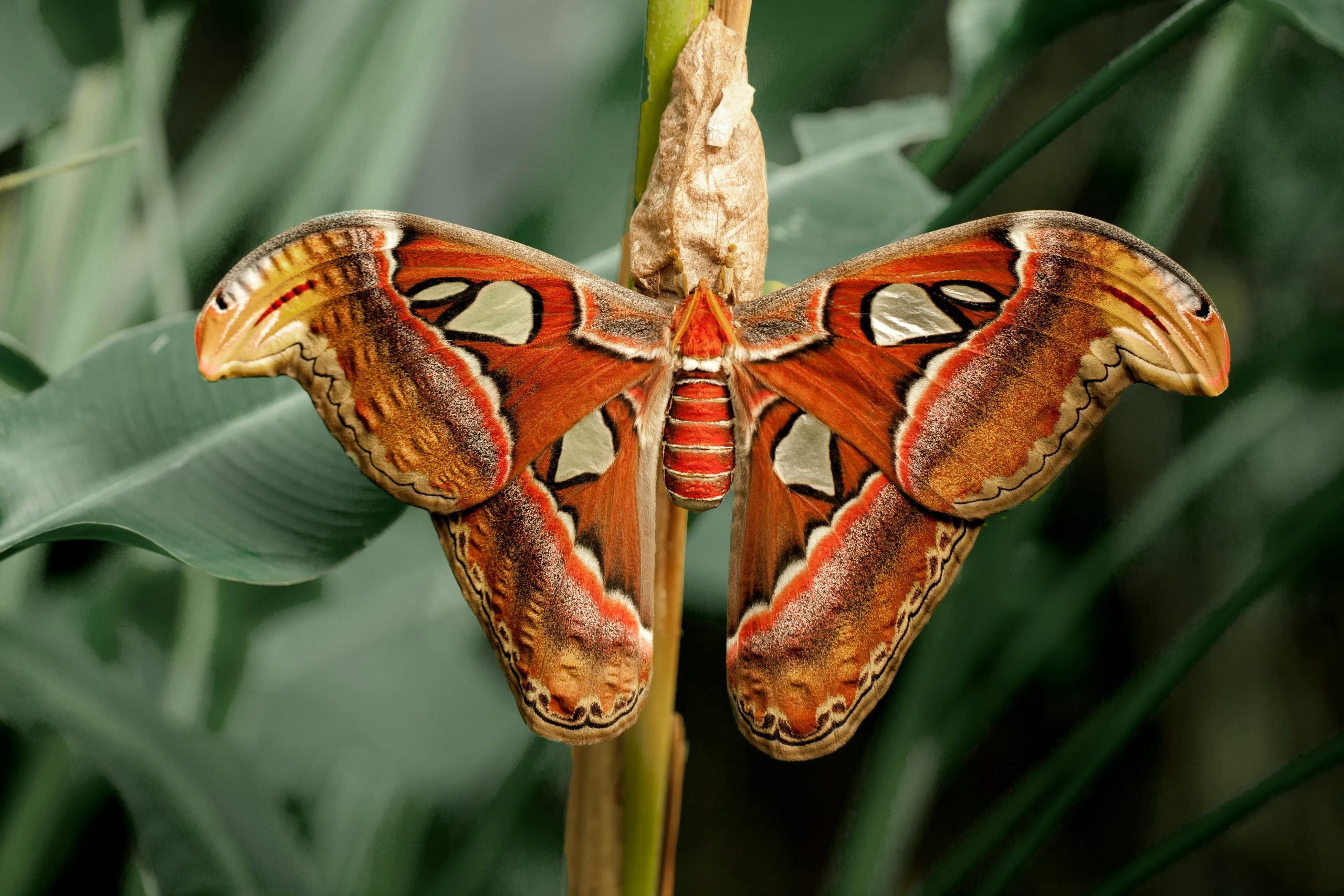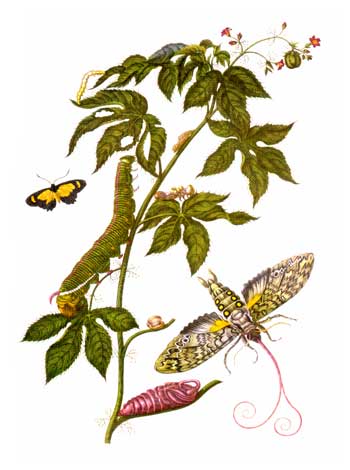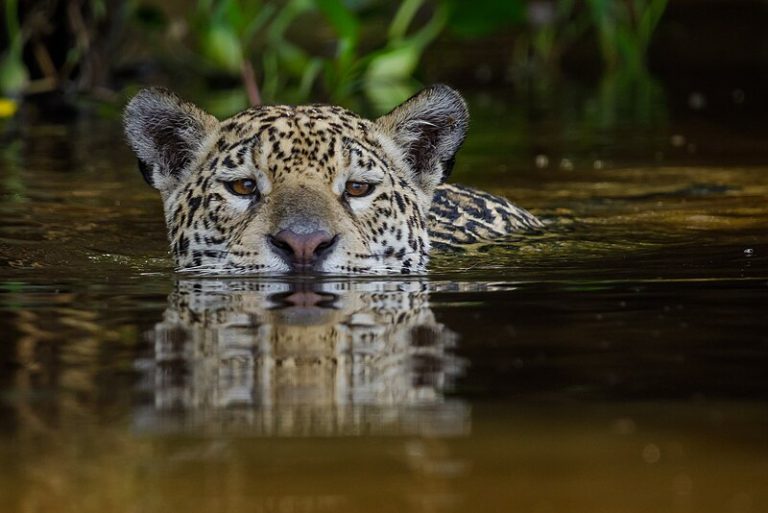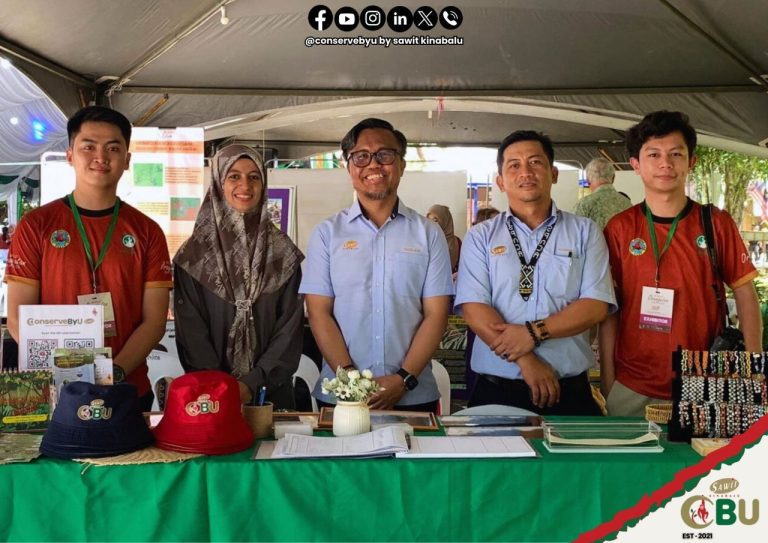The moths of Sabah are a truly fascinating and diverse group of creatures. With over 10,000 species estimated to be present on the island of Borneo, Sabah boasts a vibrant and colorful moth fauna that plays a crucial role in the rainforest ecosystem.
Here’s a glimpse into the world of Sabah’s moths:
ADS
Variety and Size:
- Size range: From tiny moths with a wingspan of just 3mm to the majestic Atlas moth, with its wingspan reaching up to 28cm, Sabah’s moths come in all shapes and sizes.
- Colors and patterns: The diversity extends to their appearance as well. You’ll find moths adorned with vibrant colors like red, blue, yellow, and green, often sporting intricate patterns and camouflaged designs.
Ecological Roles:
- Pollinators: Many moth species play a vital role in pollination, ensuring the survival of countless plant species in the rainforest.
- Biodiversity indicators: The presence and abundance of different moth species can be used as an indicator of the overall health and biodiversity of the ecosystem.
- Food source: Moths themselves are a crucial food source for predators like bats, birds, and insectivores, forming an important link in the rainforest food web.
Interesting Groups:
- Hawk moths: These fast-flying moths, with their sleek bodies and powerful wings, are known for their ability to hover and even fly backwards.
- Tiger moths: These brightly colored moths often have wing markings resembling tiger stripes, serving as a warning to predators.
- Owlfly moths: These camouflaged moths resemble owls, complete with false eyespots, to scare away predators.
Resources to Learn More:
- Sabah Forestry Department: The Sabah Forestry Department has published a booklet titled “Moths of Sabah: The Night-winged Beauties of the Rainforests,” which provides a great overview of the diversity and importance of Sabah’s moths.
- iNaturalist: This citizen science platform allows you to explore observations of moths in Sabah and learn about their identification and distribution.
- Field Guides: Several field guides are available for identifying moths in Borneo, including “Butterflies and Moths of Borneo” by John T. D. Holloway and “The Butterflies of Borneo” by J.C. Moulton.

Fair Use Notice: The material on this site is provided for educational and informational purposes only. All intellectual property that has not been created by or the ConserveByU team has either been used with permission, credited and linked back to it’s original source, or believed to be public domain. The material on this site is distributed without profit to those who have an interest in using the included information for research and educational purposes. If you wish to use copyrighted material from this site for purposes of your own that go beyond ‘fair use’, you must obtain permission from the copyright holder. The information on this site does not constitute legal or technical advice.






